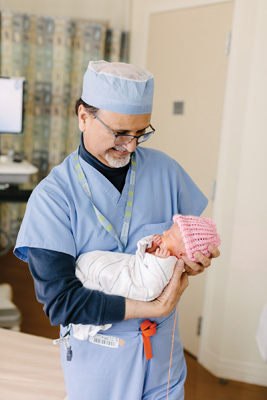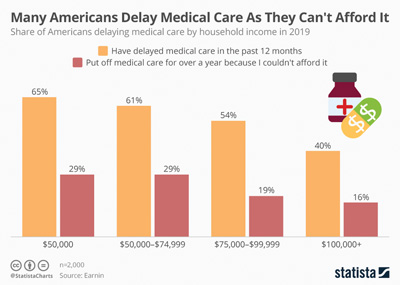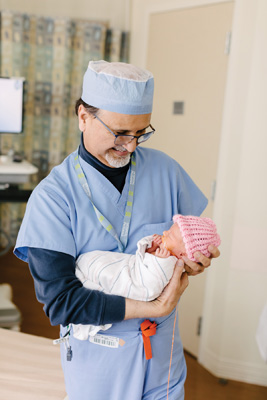A Healthy Start at Life
The Napa Valley Vintners (NVV) started off the New Year with a grant of $1 million to Queen of the Valley Medical Center to improve and expand their maternity and newborn intensive care services.
 Each year, nearly 700 babies are born at the hospital from across Napa County. This represents approximately 50 percent of the total annual births in the county. And, Queen of the Valley is the only hospital in the region with a neonatal intensive care unit (NICU), which provides high-risk obstetric coverage 24/7. In 2017, 15 percent of the babies delivered at the Queen were born critically ill and required life-saving intervention.
Each year, nearly 700 babies are born at the hospital from across Napa County. This represents approximately 50 percent of the total annual births in the county. And, Queen of the Valley is the only hospital in the region with a neonatal intensive care unit (NICU), which provides high-risk obstetric coverage 24/7. In 2017, 15 percent of the babies delivered at the Queen were born critically ill and required life-saving intervention.
“This investment in future generations is extraordinary,” said Elaine John, president and chief executive officer of Queen of the Valley Foundation in a prepared statement. “We’re blessed to have NVV partnering with us to strengthen services for our tiniest and most vulnerable patients.”
Supporting children’s health and education in the Napa Valley is the core charitable mission of the NVV. The organization’s cumulative strategic giving to community nonprofits in these areas surpassed $185 million in 2018. Since 1981 when the first Auction Napa Valley was held, the Queen has been a beneficiary of NVV giving. The NVV’s support of the Queen started with a $70,000 grant that has grown to a total of $12.6 million over the years.
For more information, visit napavintners.com
Strange But True
Q. Longevity is one of the hallmarks of a healthy nation. Though both wealth and education are major contributors, which has the stronger correlation? Is it money or schooling?
A. As far back as 1975, economists argued that wealth is the key, since everything from food to medical care costs money, says Debora MacKenzie in “New Scientist” magazine. But “the latest research suggests that education actually plays a bigger role in extending lifespan.” So say Wolfgang Lutz and Endale Kebede of Austria’s International Institute for Applied Systems Analysis, who compiled average data on GDP per person, lifespans and years of education from 174 countries from 1970-2010.
They found “the differences in education closely predicted differences in life expectancy, whereas changes in wealth barely mattered” (“Population and Development Review”).
changes in wealth barely mattered” (“Population and Development Review”).
And, Lutz argues, since education happens early in life, it appears to “permanently improve a person’s cognitive abilities, allowing better planning and self-control for the rest of their life.” Further, education tends to lead to more wealth, so “wealth doesn’t seem to be driving longevity-—both are driven by education.”
For the skeptics, Lutz offers these telling examples: “Cuba is dead poor but has a higher life expectancy than the US because it is well-educated.” Meanwhile, people in oil-rich but poorly educated Equatorial Guinea “rarely reach 60.”
Source: Bill Sones and Rich Sones, Ph.D.
Americans Delay Health Care Based on Income
Health care is a basic human need, essential for everyone. But today, many American’s can’t afford it. Research from the financial website Earnin shows that 54 percent of people in the U.S. have delayed medical care in the past 12 months because they couldn’t afford it. This infographic show the extent of the problem by level of household income.
What’s not so surprising is that those households in the lowest income bracket, taking home $50,000 a year, are most likely to delay or put off medical care for financial reasons. However, high-earning households, bringing in $100,000 or more a year, aren’t immune to the problem either—40 percent of those polled also put off medical care for financial reasons in the past year.

Source: Statista




